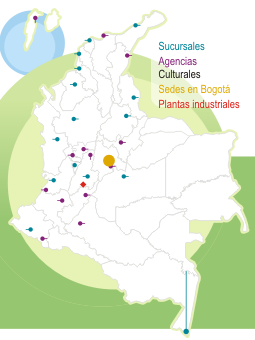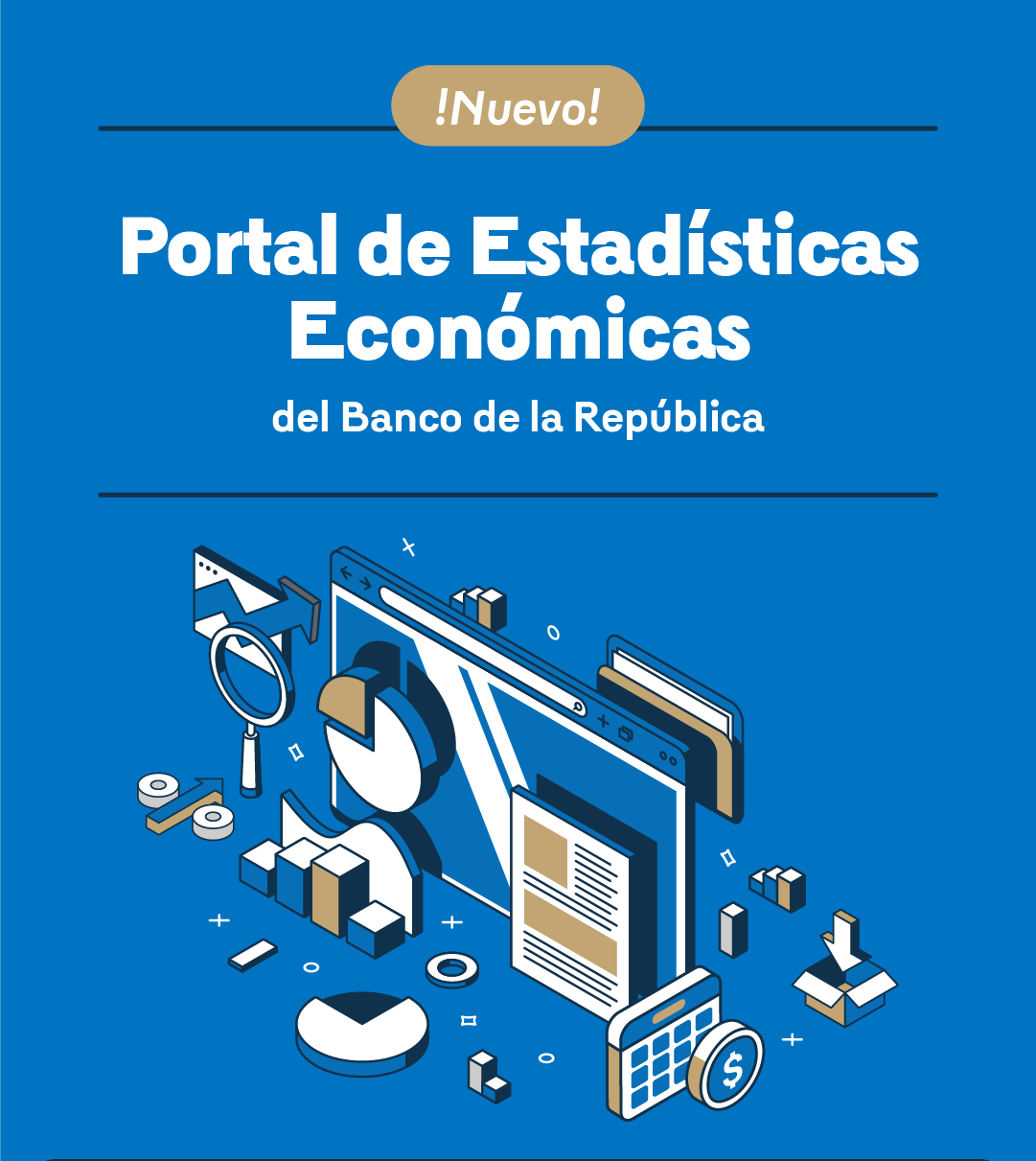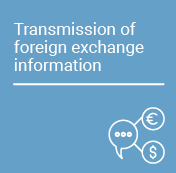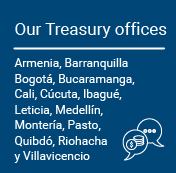Essays on Economic Policy (ESPE in Spanish) - The Investment in Transportation Infrastructure and the Colombian Economy
En la revista Ensayos sobre Política Económica (ESPE) divulgamos los resultados y las propuestas de política que surgen de investigaciones académicas realizadas en el Banco de la República. Cuando nos lea, tenga siempre presente que el contenido de nuestros artículos, así como los análisis y conclusiones que de ellos se derivan, son exclusiva responsabilidad de sus autores. El material divulgado en nuestra revista ESPE no compromete ni representa la opinión del Banco de la República ni la de su Junta Directiva.
In the journal Ensayos sobre Política Económica - ESPE - we disclose the results and policy proposals that arise from academic research carried out at the Banco de la República. When you read us, always keep in mind that the content of our articles, as well as the analyzes and conclusions derived from them, are the sole responsibility of their authors. The material disclosed in our ESPE magazine does not compromise or represent the opinion of Banco de la República or that of its Board of Directors.
Approach
This article addresses the question: Has the delay in the provision of transport infrastructure in Colombia, caused in part by historically low levels of investment, been a significant obstacle to its economic growth and regional and international integration? The question thus poses the hypothesis that the country has an infrastructure lag, an aspect that is demonstrated in the different sections of this article. To this end, the effects of public and private investment in transport infrastructure on the economy in the short and long term are examined.
Initially, the historical evolution of transport infrastructure in Colombia is analyzed, explaining the current lagin this sector based on pre-existing conditions. Likewise, we review the institutional framework and the reforms carried out in recent years, mentioning some that are still pending. Similarly, the evolution and characteristics of public and private investment, destined for transport infrastructure in the country are examined and its contribution to economic growth and technical efficiency is estimated. Finally, the evolution of port infrastructure in Colombia is described, and the short-term economic effects of regional infrastructure investments on employment, added value, and production are estimated.
Contribution
The article analyzes the evolution of transport infrastructure in Colombia, as well as the investments made in this sector in the long term. This analysis makes it possible to determine if the lag in transport infrastructure in the country has been an impediment to achieving higher rates of economic growth. Additionally, it establishes whether infrastructure investments produce economic stimulus in the short term, especially in local economies, and examines the country's secular lag in this sector, proposing public policies to reduce it.
Investment in transport infrastructure in Colombia has historically been low, which has limited the country's economic growth.
Results
Investment in transport infrastructure in Colombia has historically been low, which has limited the country's economic growth. The results indicate the presence of a bias that restricts public investment in transport infrastructure, which exhibits procyclical behavior. In addition, institutional planning, regulatory, and corporate governance failures persist that hinder the development of this sector, factors that have led to transport infrastructure in Colombia being lagging in the international context. In the long term, the contribution of transport infrastructure to economic growth has decreased and its lag constitutes a persistent barrier to both external and internal trade.










































